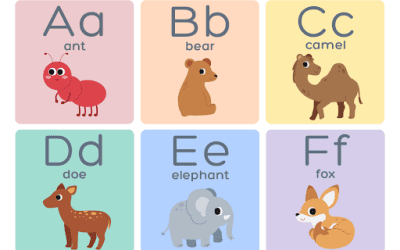Five Reasons Teachers Should Assign Writing in Math Class
Oh, the groans! They began as soon as the word “essay” escaped my lips. “Really, Ms. Richard? This is math class!” However, after moaning and eye-rolling through several assignments, my students started asking for more writing opportunities.
Here are five reasons for the importance of writing in math curriculum :
1) Writing in math reveals student misconceptions. Students may be able to execute an algorithm or select a correct multiple-choice answer, but do they truly understand the mathematical concepts? Writing assignments help teachers dig deeper into the thought processes of students. Consider the simple true-or-false question: “Two perpendicular lines don’t intersect.” My students easily select the correct answer (false). However, when I add the instruction “explain your answer in words,” I get all kinds of additional information. For example, I’ve found that some of my struggling students view perpendicular as the opposite of parallel, believing that perpendicular simply means two lines that intersect at any angle. I can now adjust and individualize my instruction.
2) Writing in math requires students to think deeply about the content. A great exercise, for students and teachers alike, is to write a paragraph explaining a mathematical concept. For example: When multiplying an inequality by a negative number, why does the direction of the inequality sign reverse? Students are often eager to show they “know” this fact. However, when asked to explain why it’s true, many students draw a blank. Trying to put the meaning behind this concept into words, successfully or not, demands a far higher level of thinking than simply executing the procedure.
3) Writing in math meets Common Core State Standards for using evidence to support arguments. I once assigned my students an essay requiring them to take a stand for or against the high prices of car insurance for teenagers, being sure to include at least three statistics about teenage drivers. To my dismay, many students stated their passionate opinions in one paragraph and then simply listed several statistics in another paragraph, with no connection between the two. They didn’t know how to use math to inform and support their opinions. This is a skill that can and must be taught.
4) Writing in math offers insights into students’ interests and taps into their passions. Another writing assignment put my students in the position of being a college admissions officer. They needed to decide whether to use: the SAT, which scores student work on a ranked bell curve; or the ACT, which scores test results with essentially no “curve.” My students responded to this challenge by describing their own experiences with standardized tests, college applications, and equity; and they surprised me with their mature, reasoned arguments on both sides of the issue. I learned about their post-high school hopes and dreams and the roadblocks and victories they were experiencing.
5) Writing, and communicating, about math is a skill used in everyday life. In our day-to-day lives, most of us communicate about math more than we actually do math. The letter you wrote to dispute the phone bill; the sales pitch you made to your biggest client; the baseball statistics you debated with your buddy—math happens in a world of words. Students need to be able to coherently communicate and write about the math they encounter in their lives. Let’s help them build this skill by including writing in our math curriculum!
Some resources are linked here:
https://www.edutopia.org/blog/four-tips-writing-math-classroom-heather-wolpert-gawron
How have you used writing and math together? Leave your answer in the comments!




